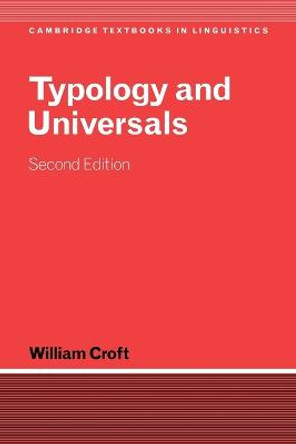Classifications are central to archaeology. Yet the theoretical literature on the subject, both in archaeology and the philosophy of science, bears very little relationship to what actually occurs in practice. This problem has long interested William Adams, a field archaeologist, and Ernest Adams, a philosopher of science, who describe their book as an ethnography of archaeological classification. It is a study of the various ways in which field archaeologists set about making and using classifications to meet a variety of practical needs. The authors first discuss how humans form concepts. They then describe and analyse in detail a specific example of an archaeological classification, and go on to consider what theoretical generalizations can be derived from the study of actual in-use classifications. Throughout the book, they stress the importance of having a clearly defined purpose and practical procedures when developing and applying classifications.
A study of the various ways in which field archaeologists set about making and using classifications to meet a variety of practical needs.Reviews'... an excellent book ... Because it contains an excellent overview of past archaeological classifactory approaches and critiques of typology as well as a clear discussion of what typology is, this book should be required reading for all graduate students.' Antiquity
Book InformationISBN 9780521048675
Author William Y. AdamsFormat Paperback
Page Count 452
Imprint Cambridge University PressPublisher Cambridge University Press
Weight(grams) 687g
Dimensions(mm) 229mm * 153mm * 27mm







